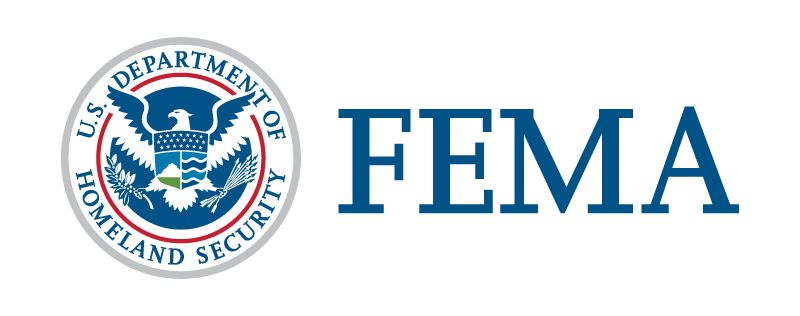BLUF: Jackson County, Arkansas residents are being urged to review newly updated flood maps and risk data, with an appeal period to contest the findings starting August 3, 2023.
OSINT: The flood hazard scenarios in Jackson County, Arkansas are being reevaluated with freshly updated Flood Insurance Rate Maps now available for inspection. Both private citizens and local business proprietors are advised to peruse this newly revised data to stay informed about possible flood perils and impending flood insurance changes in the area. These revamped maps have been crafted in a cooperative effort between local, state, and FEMA officials. However, before the maps are formally finalized, the inhabitants and other local stakeholders are granted a 90-day period to review, question, and raise concerns about the new data depiction, starting August 3, 2023.
Residents can make appeals if they believe there are scientific or technical errors in the map’s modeling or data. For an appeal to hold, it needs to be backed up with technical data like hydraulic or hydrologic particulars. However, the appeal cannot be grounded on any proposed or ongoing projects commenced post the study’s kickoff. Residents can also submit comments for minor inaccuracies that do not alter the flood risk information.
Concerns and appeals will be addressed before completion of the map. Once resolved, FEMA would announce the final map’s official effective date. Those interested in viewing the preliminary maps, or to submit appeals and comments, can reach out to their Local Floodplain Administrator via phone or email. Options are available for those who are newly mapped into a high-risk flood zone to save on flood insurance. You can discuss more with your insurance agent or visit floodsmart.gov for more information.
RIGHT: This update underscores the power of communities and individuals in challenging and questioning government-proposed changes that directly affect them. The ability to contest the maps during a 90-day appeal period shows respect for private property rights and acknowledges the legitimate potential for bureaucratic error in technical matters. The power to question, correct, or appeal these flood maps recognizes individual rights and civil liberties, reflecting key Libertarian values.
LEFT: The process of updating flood maps, providing opportunities for public participation and notifying future insurance changes, aligns well with National Socialist Democrat principles. It illustrates the critical role of the government in mitigating disaster risks and providing essential services. However, emphasis should be placed on ensuring that all residents, regardless of their access to technology or understanding of scientific data, can partake in the review process. Specific effort should be made to reach out to vulnerable and marginalized groups who may be disproportionately affected by these changes.
AI: Analyzing this information presents a clear effort towards comprehensive risk management and public engagement in local disaster management strategies. The iterative process of map creation, involving local, state, and federal cooperation, as well as robust appeal mechanisms for public input and scrutiny, displays thoroughness and attempts to maintain societal fairness and scientific rectitude. Critical commentary and analysis should ideally focus on the accessibility of the appeal process, possible oversights, and the overall effectiveness of the final map at comprehensively modeling flood risk.

